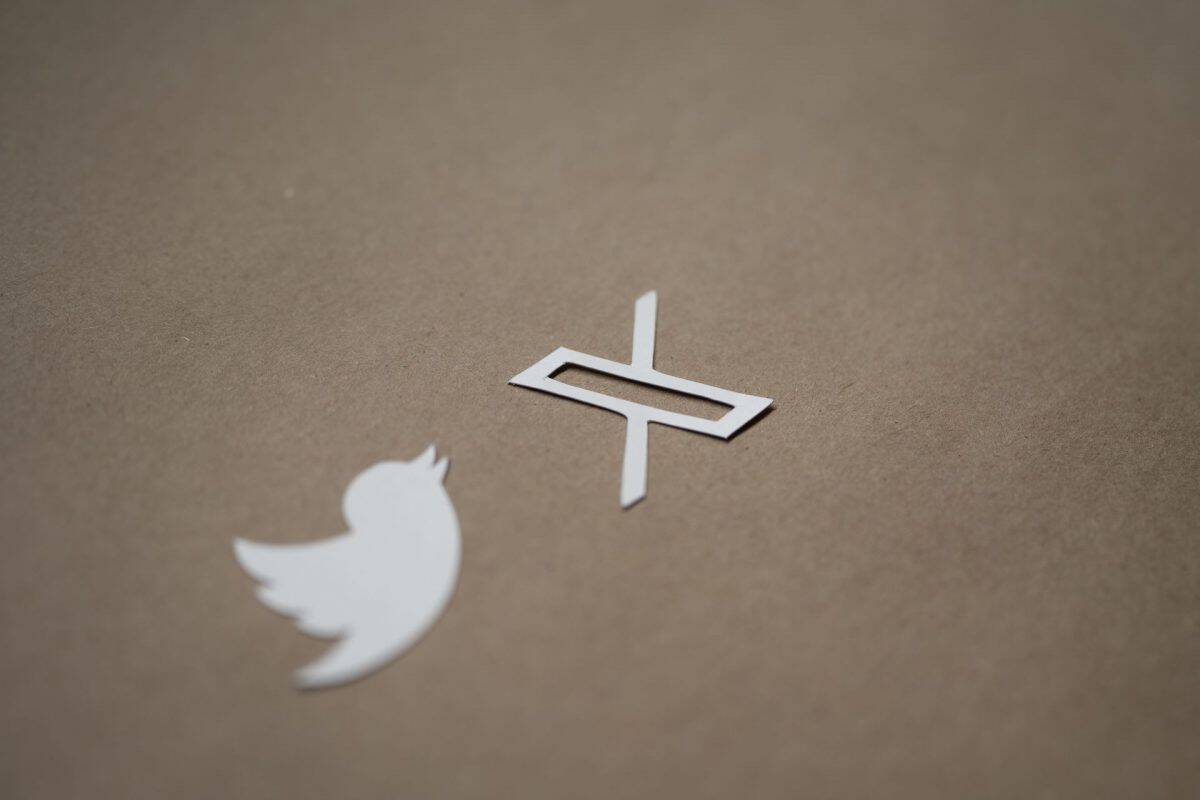X has monetized their platform only in two countries

In order to curb spam, manipulation, and bot activity, X, the social media platform formerly known as Twitter, is introducing a new subscription program that costs users in New Zealand and the Philippines $1 per year.
This program, named "Not A Bot," signifies a shift in X's approach to user management and security. It's designed to enhance the platform's efforts in combating malicious activities but met with mixed reactions on social media platforms.
What is X's Not A Bot program?
X's "Not A Bot" program is a response to the growing challenges posed by spam and bots on the platform. According to the Not A Bot program, new web users in New Zealand and the Philippines will be required to pay a minimal fee of $1 per year.
Additionally, account verification via a phone number will be mandatory. According to Elon Musk, this dual approach is expected to ensure that real, human users are joining the platform, making it more challenging for bots and malicious actors to infiltrate.
Will users who don't pay for X not be able to use it?
Elon Musk also clarified this issue. The Not A Bot program does not mean that users in New Zeland and the Philippines cannot fully use the platform.
Users who do not pay for X will not be able to use the platform, according to Elon Musk's response to X News Daily's xeet/tweet.
Correct, read for free, but $1/year to write. It’s the only way to fight bots without blocking real users.
This won’t stop bots completely, but it will be 1000X harder to manipulate the platform.
— Elon Musk (@elonmusk) October 18, 2023
Why web users and only two countries?
The decision to restrict the $1 subscription to web users and launch it exclusively in New Zealand and the Philippines might seem puzzling at first. One speculation is that X has identified a higher prevalence of bot activity in these regions.
Read also: Will X ID verification be a remedy for bots?
The web interface, often accessible on a variety of devices, may be more vulnerable to bot account creation. Notably, new users who opt out of the subscription will have limited functionalities, primarily focused on consuming content passively, such as reading posts and watching videos.
Advertisement
Don’t you know that freedom of speech is not free?
This means people’s social media accounts will now be associated with their bank accounts. What this is really about is being able to identify the real life identities of people online. It’s an online identity scheme with Twitter being used as a stalking horse.
First it will start with only new signups. Then it will be expanded to existing users as well. Then the likes of Facebook will follow.
#DeleteTwitter
Nah, I don’t see it that way. Let’s say something stupid like 30% of all “bot accounts” come from those two countries – and the goal is to reduce bot accounts. What would you personally do? There is no win here, whichever way you look at it.
That’s ballsheet: if they can determine that those 30% of accounts are bots, they can just block them. If they can’t identify them, then the 30% talks are lies (You can’t count if you can’t identify. But if you can detect it, you can just block it).
What we have in front of us is simply a way to get 1. phone number od user, 2. payment card data, 3. money of users.
Seems like you don’t know how these statistics are created – it’s a lot like a survey, where you might speak to 2000 people and extrapolate the results to a town/city/region/country of hundreds of thousands.
So “if they can determine that those 30% of accounts are bots, they can just block them” completely invalid and a little silly.
By the way, I don’t use twitter…
Arcticle: https://www.ghacks.net/2023/10/18/x-not-a-bot-program-explained/
> The decision to restrict the $1 subscription to web users and launch it exclusively in New Zealand and the Philippines might seem puzzling at first. One speculation is that X has identified a higher prevalence of bot activity in these regions.
Obviously, this is not about the number of bots in New Zealand, but about the desire to test the paywall on several countries (which are relatively small but differ significantly in terms of income), before it is implemented globally.
If all goes well (for Twitter, of course, not for its users), the “innovation” will be rolled out globally.